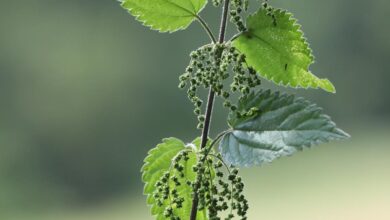Cardon Mushrooms: [Characteristics, Season, Cultivation and Growth]
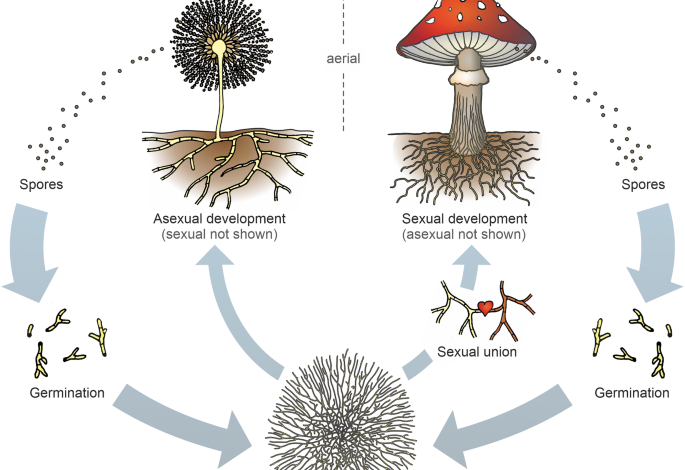
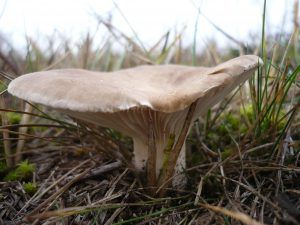 Oyster mushrooms are a set of edible mushrooms that you can find in their natural habitats, but that you can also grow at home.
Oyster mushrooms are a set of edible mushrooms that you can find in their natural habitats, but that you can also grow at home.
It is one of the most consumed species and represents a real pleasure when it comes to exploiting its flavor in different preparations.
The best thing is that they are more or less easy to work with, so you can take advantage of them even if you are not very experienced in the matter. And as in everything, the first step is to be well informed and right here you will have everything you need. Do you dare to discover it?
What are oyster mushrooms?
The oyster mushroom is one of the versions of edible mushrooms that stands out for its soft and pleasant aroma and fluffy and sweet meat. It is of a color that lightens from brown to a beautiful cream color and its size is variable, even reaching 15 centimeters.
The hat is not very special because it looks more or less similar to others, being smooth and with a small curve on the edge. The internal layers of the hat are defined although they are very close to each other.
How to know if they are oyster mushrooms?
To recognize that the mushrooms are really about thistle mushrooms, it is necessary that they meet the following conditions:
- Let it grow associated with a thistle plant, of course. Or that, at least, you know that there were plants of this type in the area, since mushrooms are capable of surviving even with dead roots.
- They have a short foot, which means that the cuts have to be made almost necessarily with a knife or a sharp cutting object. It is also cylindrical in shape.
- The hat is well defined and its color varies according to age, being lighter when young and darker in old age.
Although it is very difficult for oyster mushrooms to be confused with other poisonous species, when in doubt it is better not to collect them.
Where are oyster mushrooms found?
Thistle mushrooms are distributed in almost all of Spain, since the living conditions are more or less optimal for their development. As they are associated with thistles, according to what we saw in the previous point, any space where you see one of these plants may have mushrooms.
You should also assess the conditions of the land, since they have a preference for those that are limestone and also sunny. This, of course, is not to say that all soils will do well for it, as it prefers those that are well nourished.
Due to the amount of rain that is generated, its presence is more common towards the north and center of Spain, especially on the edges of roads.
When is the oyster mushroom season?
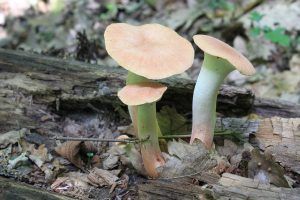 The good news regarding these mushrooms is that they are distributed throughout the year, practically, being able to see them in autumn, winter and spring.
The good news regarding these mushrooms is that they are distributed throughout the year, practically, being able to see them in autumn, winter and spring.
In the case of winters, only in those cases in which the season is not very cold and, obviously, there have been no frosts.
The most usual thing is that they occur during the autumn, when the rains begin to arrive and the mycelia are activated.
How are oyster mushrooms grown?
The cultivation of oyster mushrooms at home is a practice that can be easily started thanks to pre-germinated bales. These come practically ready so that you only have to save the necessary care so that they germinate at the right time. These cares are:
- They receive little light. For this, it is convenient to place the bullet in a dark and seldom used space such as a basement. In addition, it will have to be covered to prevent light rays from passing through when opening a door, for example.
- Keep humidity above 80%. The internal humidity of the bale is essential to take care of it because it is under this condition that the oyster mushrooms will be able to come out. One way to help with this mission is by placing the bullet inside a cardboard box to prevent it from being lost. In addition, you should practice occasional irrigation with a sprinkler, taking care not to wet the mushrooms but the environment, since this humidity will reach the entire structure but without taking risks.
- Have a ventilation space. If you have high humidity without ventilation, it is very possible that microorganisms such as those that produce fungi will begin to develop. Given this possibility, it is best to open some holes in the box to help air circulate.
- Enjoy a warm temperature. Thistle mushrooms develop naturally in spaces where the temperature does not exceed 18º C and that is exactly what you will have to replicate in the place where you place the bullet.
Due to their characteristics, oyster mushroom bales allow more than one production to be obtained.This is achieved by removing the mushrooms that are born and then creating new holes on the black cover that the bullet usually brings.
Of course, the environmental requirements that we already mentioned must always prevail.
How long does it take to grow a thistle mushroom?
A thistle mushroom takes up to 20 days after receiving abundant rain to come out.Of course, this measurement is variable from one thistle mushroom to another because the other conditions that are being generated in the environment have a great influence.
Oyster mushrooms have become protagonists of exquisite preparations that take advantage of their delicious flavor to accompany meats, for example. Since it is possible to collect them in the wild, many lovers wait for the right time to get them and add them to their dishes.
But if you are not one of those or you are in an area where they do not occur frequently, you can always bet on pre-germinated bullets and incorporate them into your home garden.
Bibliographic references
- Characterization and cultivation of three strains of Pleurotus eryngii (Fries) Quélet on substrates based on food residues, A Andrino, M Morte Gómez, M Honrubia García – Anales de Biología, 2011 – revista.um.es
- Cultivation of edible saprophytic fungi, FJ Gea – 2016 – digitum.um.es
- Cultivation of edible mushrooms of the genus Pleurotus on agricultural residues of the coffee zone, N Rodríguez, C Jaramillo – 2004 – library.cenicafe.org
- World production of mushrooms Pleurotus spp. with emphasis on Ibero-American countries, DJ Royse, JE Sánchez – … of Pleurotus spp. The College of the …, 2017 – kuye.com.co
- Cultivation of mushrooms and truffles, M García Rollán – 2007 – books.google.com
- Cultivation of Pleurotus ostreatus on wood, JO García, CN Virgos – 1979 – mapa.gob.es

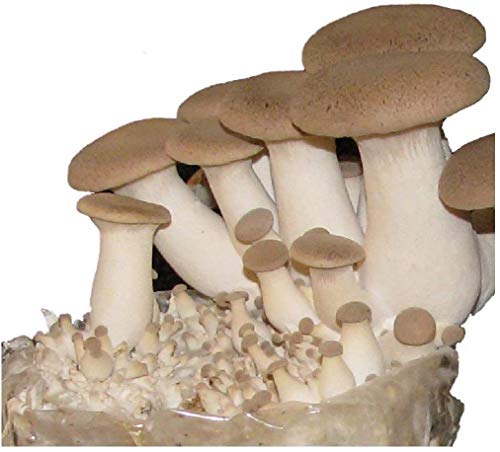
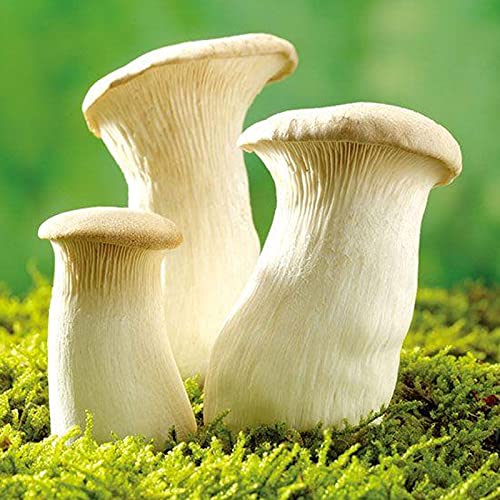
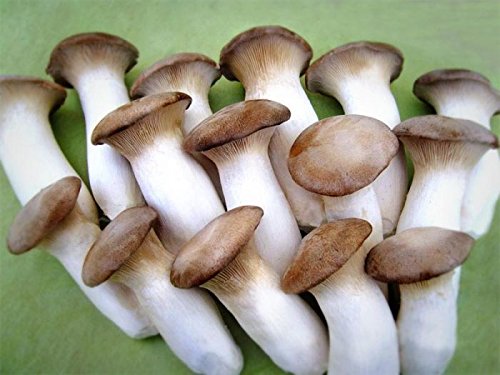
![Photo of Aptenia: [Cultivation, Irrigation, Care, Pests and Diseases]](https://www.complete-gardening.com/wp-content/uploads/2022/08/aptenia-cultivation-irrigation-care-pests-and-diseases-390x220.jpg)
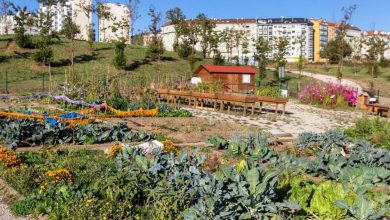
![Photo of Christmas plant care: [Soil, Humidity, Pruning and Problems]](https://www.complete-gardening.com/wp-content/uploads/2022/08/christmas-plant-care-soil-humidity-pruning-and-problems-390x220.jpg)
